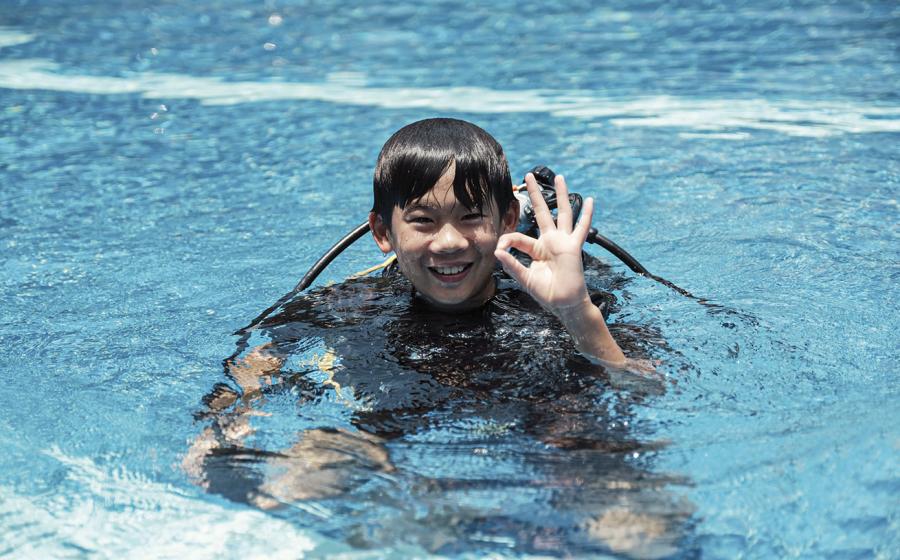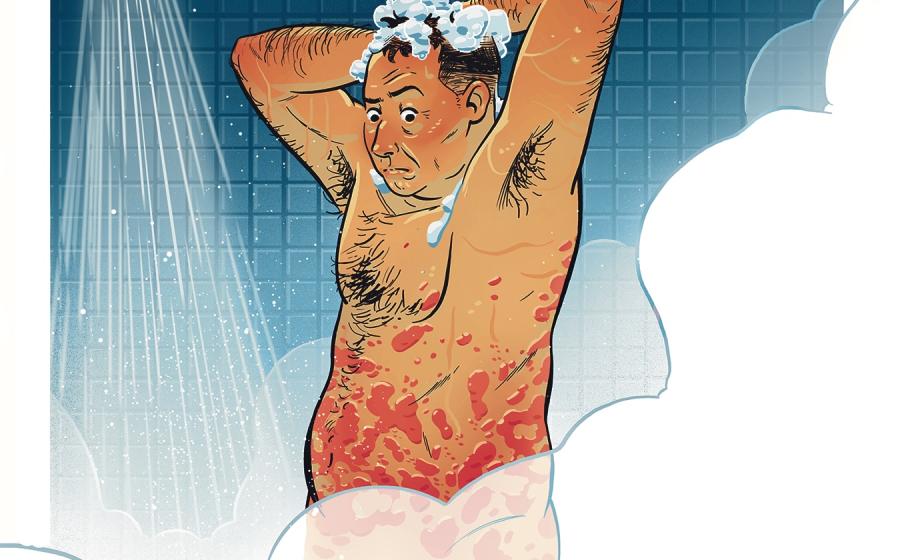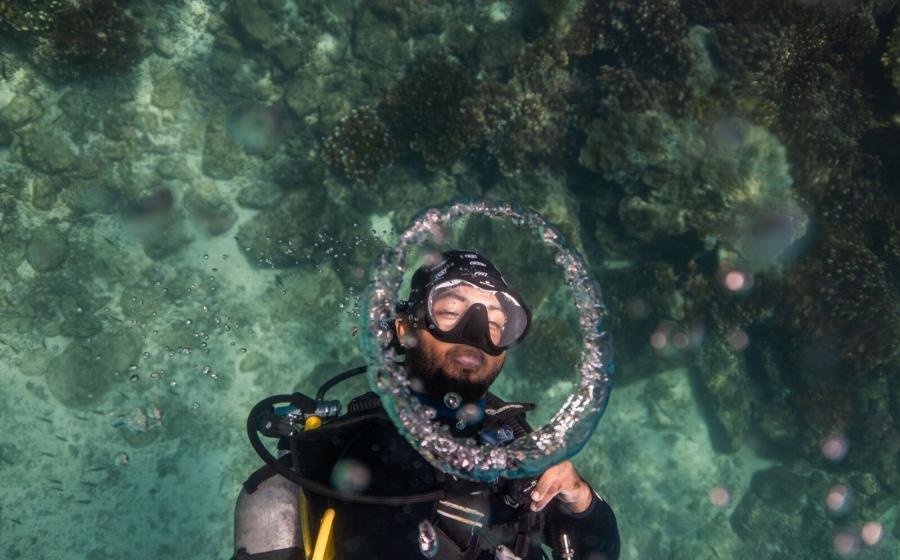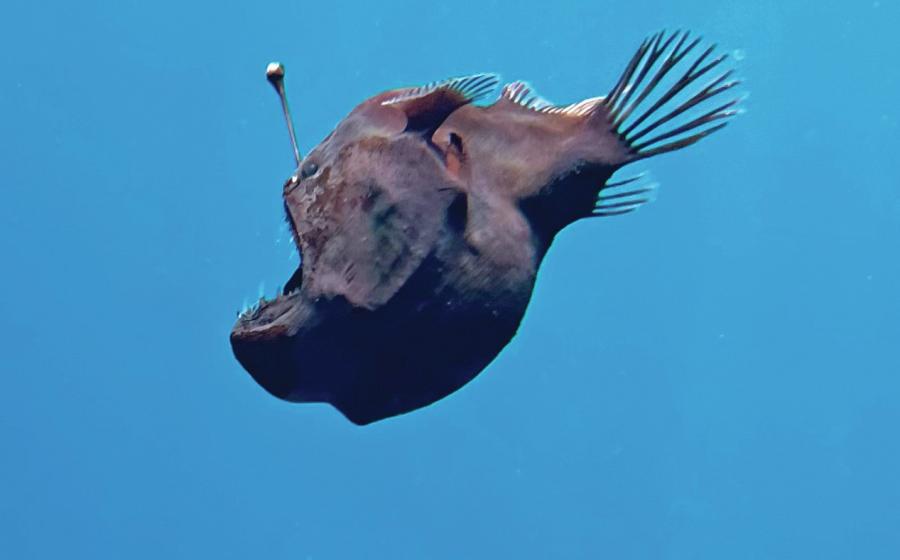How to Clean and Maintain Your Dive Gear

Proper maintenance is crucial to extend the life of your scuba gear and ensure your safety underwater. Scuba equipment is built to withstand the harsh marine environment, but its longevity heavily depends on regular care and maintenance. Follow these tips from seasoned divers to keep your gear in top condition.
Tips for Cleaning Your Scuba Diving Gear
1. Rinse Thoroughly After Use
Always rinse your gear in fresh water after each dive to remove salt, chlorine and other contaminants. Ensure all equipment, including your wetsuit, BCD, mask, fins and snorkel, is fully submerged and agitated to dislodge any debris.
2. Clean Your BCD Internally
Partially fill your BCD with fresh water. Inflate it, gently shake it to clean the bladder, then drain through one of the dump valves. This process helps prevent the buildup of salt and minerals inside the BCD.
3. Dry Gear Properly
After rinsing, allow your gear to dry completely in a shaded, well-ventilated area before storage. Avoid direct sunlight as UV rays can degrade the materials over time. Ensure that items like your wetsuit are hung on wide hangers to prevent stretching or deformation.
Related Reading: ASK DAN: What should I do before and after diving to avoid accidents?
4. Store Correctly
Keep your gear in a cool, dry place away from direct sunlight and heat sources. Use proper storage solutions, such as gear bags or hangers designed for dive equipment, to protect from dust and physical damage.
5. Avoid Harmful Substances
Ensure your gear does not come into contact with petroleum-based products, harsh chemicals, or solvents, which can damage rubber and plastic components.
6. Transport With Care
When travelling, especially by air, pack your gear in padded bags to protect it from impacts and compression. Consider carrying your regulator and dive computer in your carry-on luggage to prevent damage and loss.
7. Prevent Moisture Entry
Avoid allowing water to enter the first stage of your regulator. Always replace the dust cap when the regulator is not connected to a tank, and ensure it's dry before doing so. Never press the purge button on your second stage unless it's pressurized to avoid drawing moisture into the mechanism.
8. Conduct Pre-Dive Inspections
Before any dive trip, inspect your gear thoroughly for signs of wear, damage or malfunction. Pay special attention to hoses, o-rings and seals. Address any issues well in advance to ensure your equipment is safe and dive-ready.
9. Eco-Friendly Practices
Opt for biodegradable cleaning products when possible to minimize your environmental impact.
10. Regular Servicing
Have your regulator, BCD and dive computer professionally serviced at least once a year or according to the manufacturer's recommendations. Frequent divers should consider more regular check-ups. This service includes thorough cleaning, inspection and replacement of worn parts, ensuring your gear performs reliably.
Regular care keeps you safe and extends the life of your equipment, allowing you to enjoy the underwater world for many years to come.










